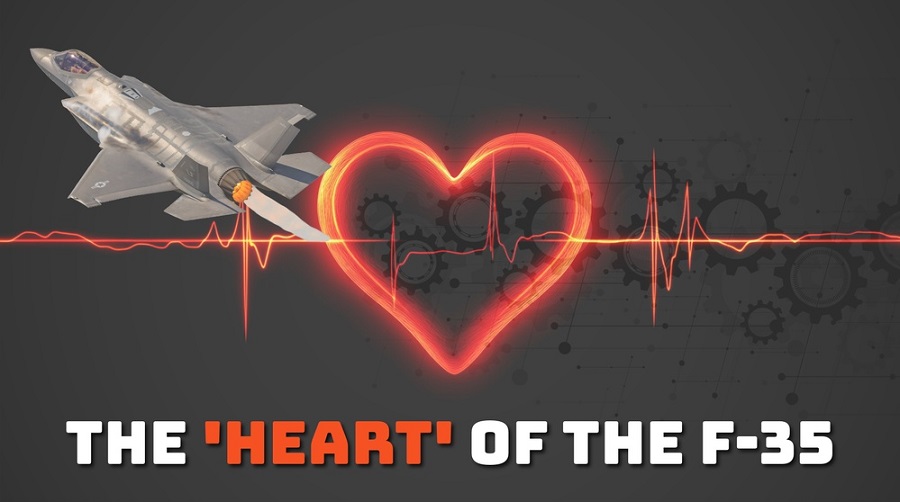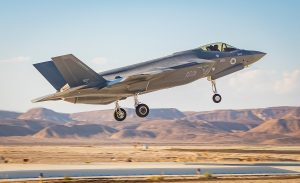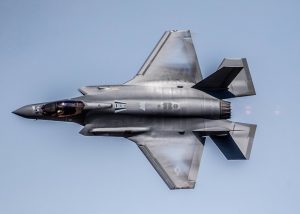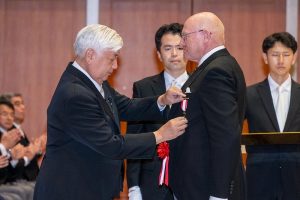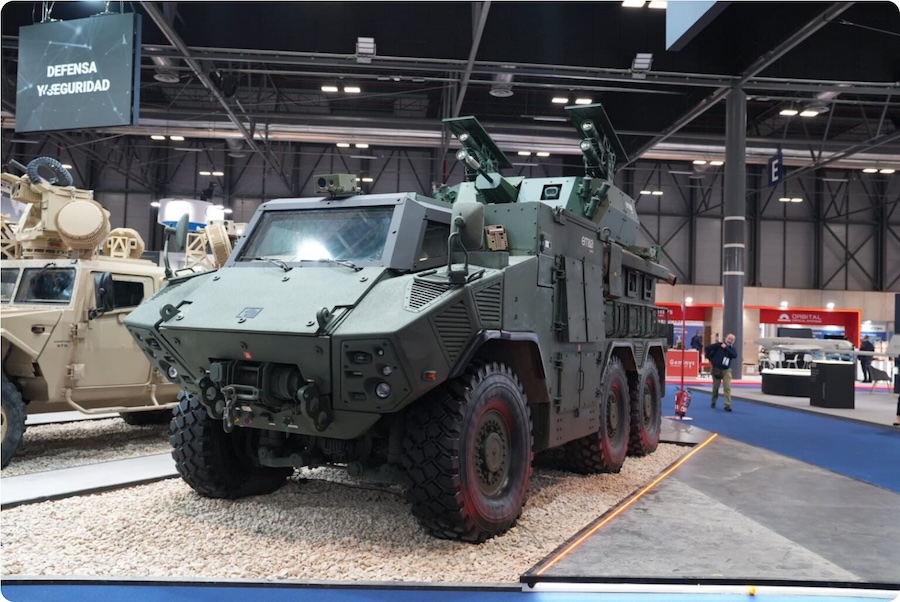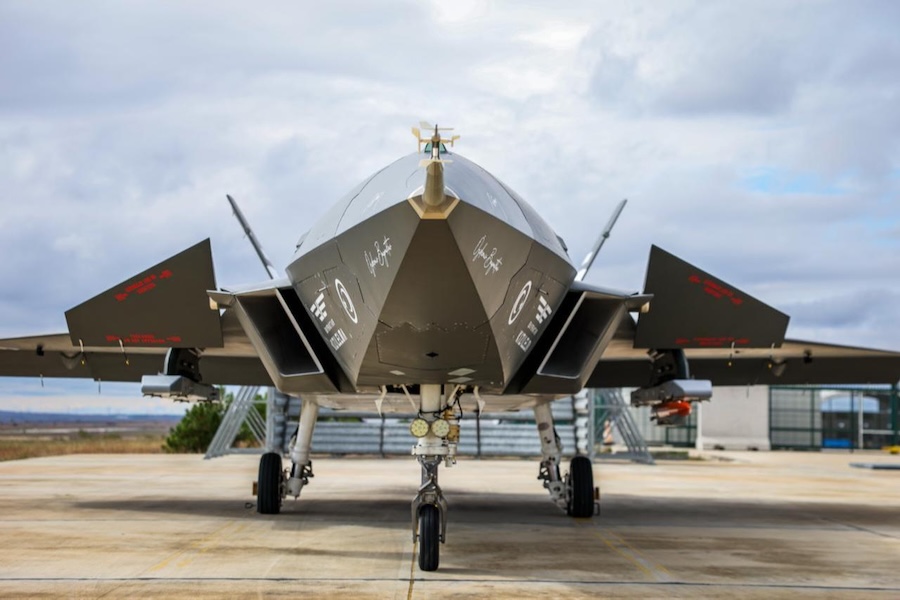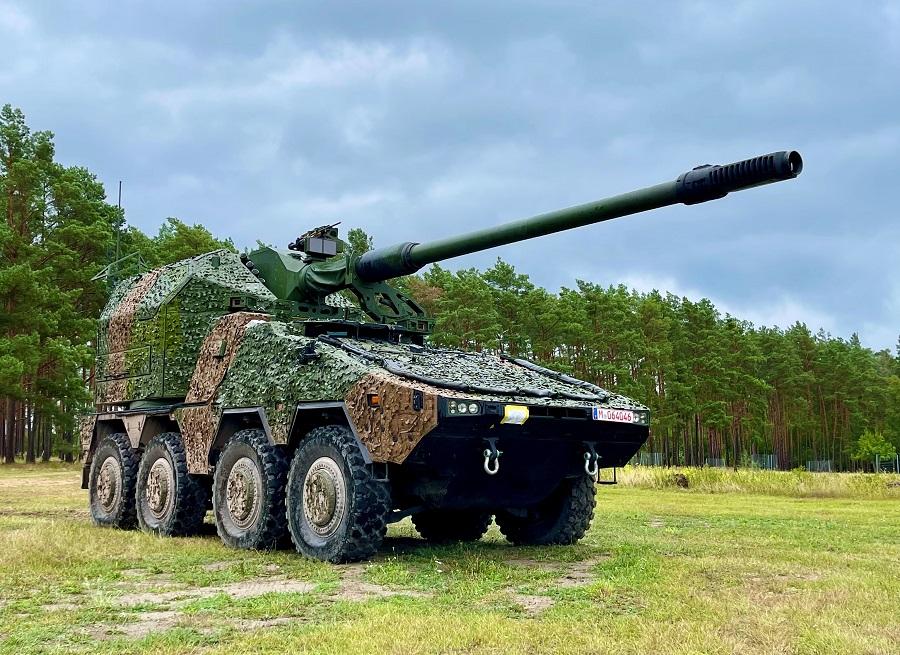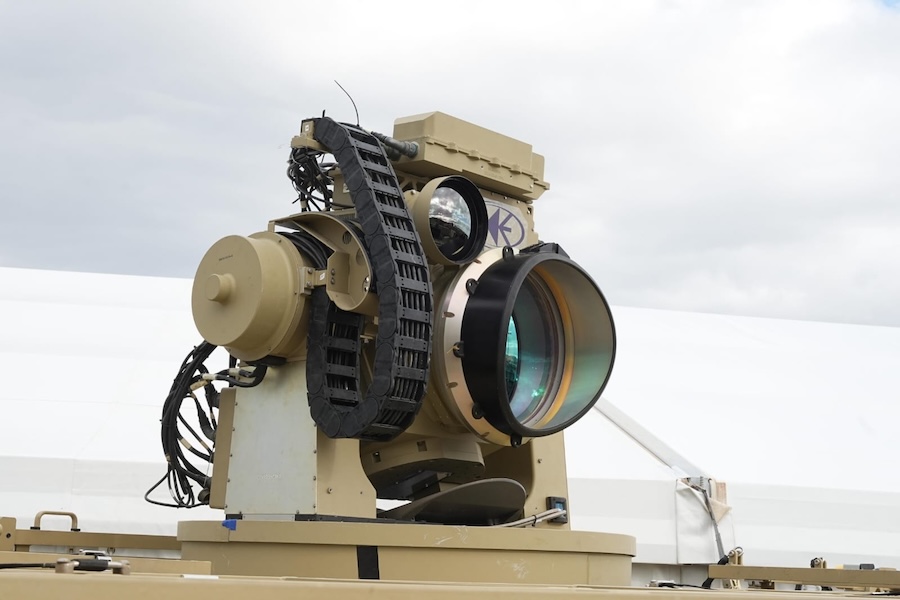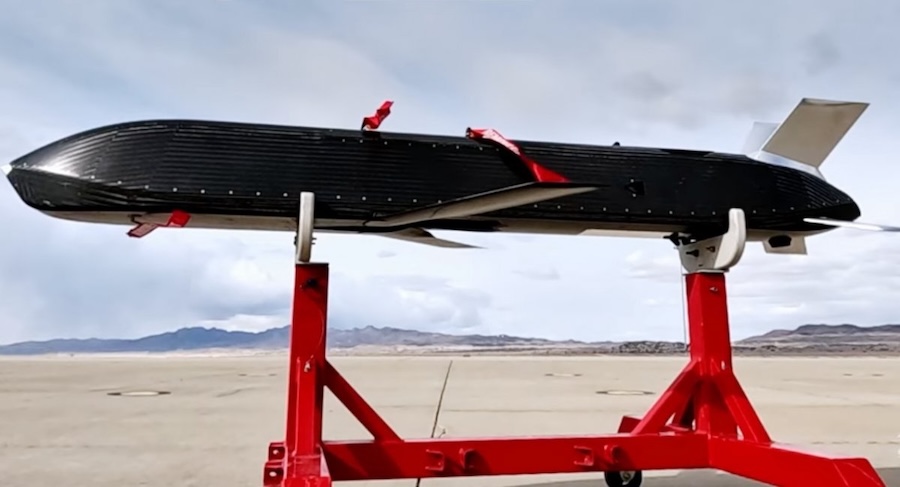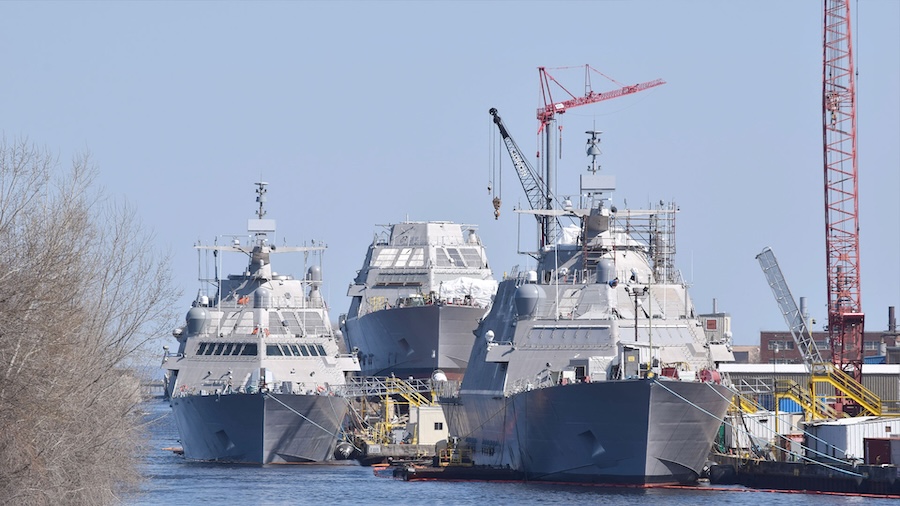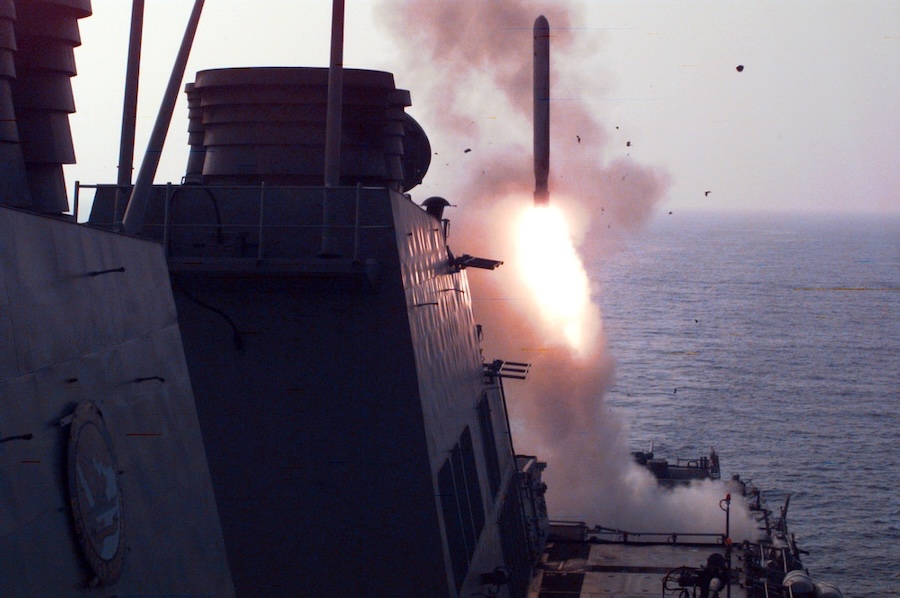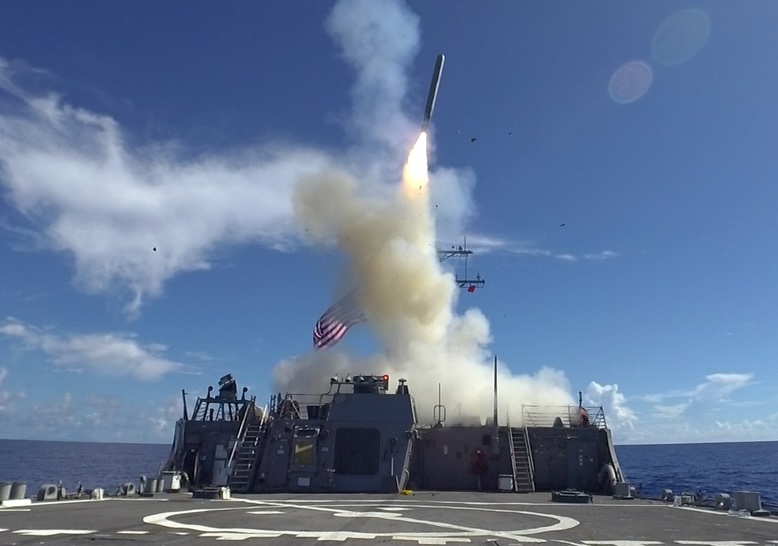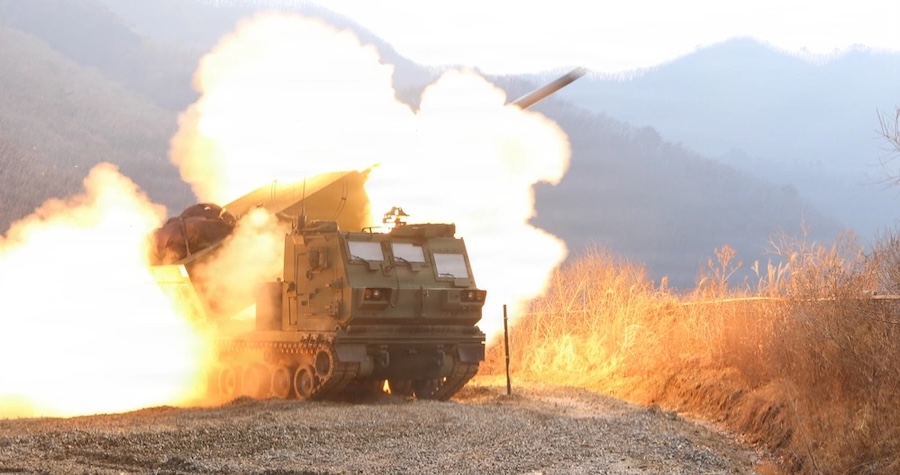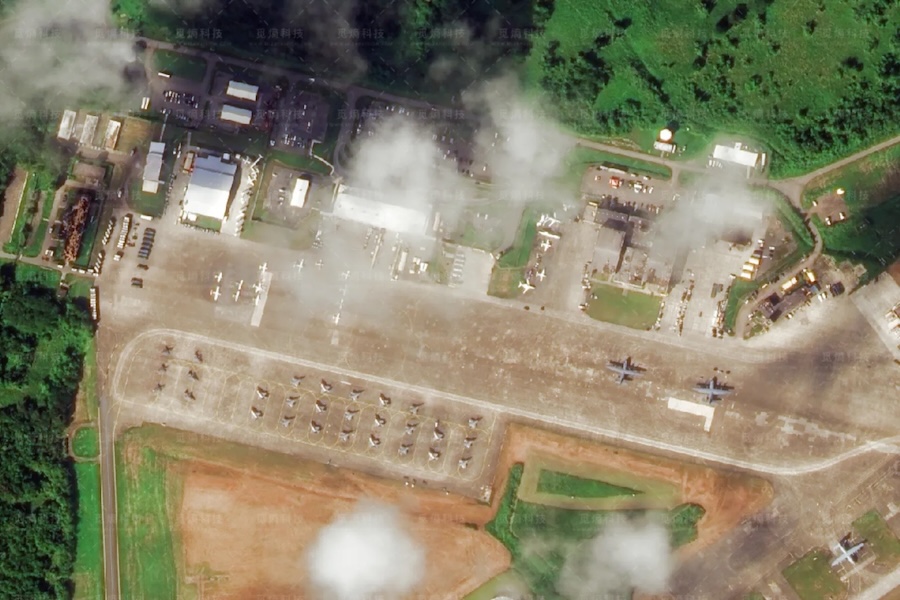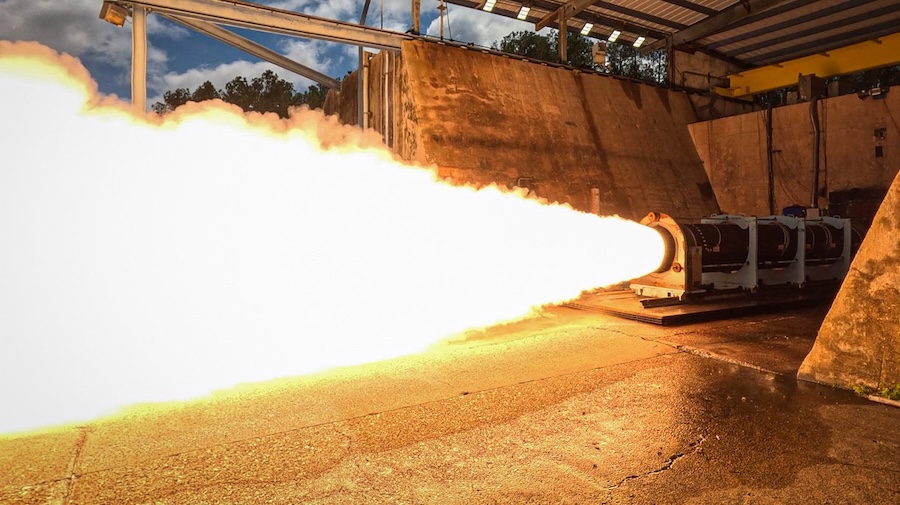Grant leads a team of 170 propulsion specialists who ensure that the “heart” of the F-35—the engine—operates with exceptional safety, reliability, and efficiency, supporting its position as the most advanced fighter aircraft in the world.
The importance of the F-35 engine
The F-35’s unmatched fifth-generation capabilities rely heavily on its engine—a critical component that powers every mission. Across the three variants of the F-35 (A, B, and C), two engine configurations are used, each delivering tens of thousands of pounds of thrust and propelling the aircraft up to approximately 1,200 mph (Mach 1.6).
The F-35A and F-35C use a conventional configuration, directing all thrust through a single rear engine nozzle. The F-35B, however, is equipped with a unique LiftFan system positioned behind the pilot. This allows it to direct thrust both downward through the LiftFan and rear nozzle, enabling short takeoffs and vertical landings—a capability that distinguishes it from other fighter aircraft.
The F-35 engine design
The F-35 engine is composed of five modular sections, each of which can be replaced independently. This modularity allows for faster, more cost-effective maintenance and is similar in concept to upgrading individual components in a high-performance computer. Instead of replacing the entire system, maintainers can focus on the specific part that needs repair.
In addition to propulsion, the engine also supplies electrical power and manages cooling for the aircraft’s advanced avionics. Like a power supply unit in a computer that powers and cools high-performance components, the F-35’s engine maintains optimal operating temperatures by repurposing air to cool onboard systems, ensuring peak performance under any conditions.
The engine also powers all aircraft avionic systems and as Grant puts it, the engine is the “beating heart” of the F-35 as it provides thrust, electrical power, and power specifically to cool the aircraft.
The propulsion team’s role in safety and reliability
The Propulsion team oversees rigorous component testing, deliberately pushing systems to failure in controlled environments. Similar to how smartphones undergo drop and stress testing, these evaluations help engineers understand wear patterns and identify ways to improve design, durability, and safety.
This proactive approach ensures the F-35 engine meets strict performance standards while keeping long-term costs down.
Recent accomplishments and the future
In partnership with Pratt & Whitney, the Propulsion team has delivered more than 1,300 engines for new aircraft production and spare inventory, ensuring the global F-35 fleet remains mission-ready.
Looking ahead, the team is focused on implementing upgrades to meet increasing demands for cooling and power as onboard avionics evolve. These improvements are expected to reduce sustainment costs by billions of dollars over the F-35 platform’s projected 94-year lifecycle.
Just like upgrading a computer to meet new software demands, modernizing the F-35’s engine ensures it remains efficient, capable, and ready for the future battlespace.
The importance of collaboration and teamwork
The success of the F-35 propulsion system stems from deep collaboration across the enterprise. Grant emphasizes a leadership philosophy based on consensus and trust.
“I seek my team’s concurrence rather than their approval,” he said, explaining how this approach builds trust, encourages teamwork, and empowers individuals. This philosophy extends to partnerships across the global F-35 enterprise.
“Given our global footprint and complex customer base, the only way to succeed is with teamwork,” Grant added.
The Propulsion team exemplifies what’s possible through collaboration, innovation, and a shared commitment to delivering unmatched capability to the warfighter.
Source: F-35 Joint Program Office.



